Why is temperature an important factor in pressure transmitters equipped with remote seals (sometimes called “chemical” seals)? Specifically, what temperature condition(s) could cause a differential pressure instrument with remote seals to experience measurement errors?
Also, describe what would happen to a pressure instrument equipped with remote seals if ever a leak developed in one of the capillary tubes.
Remote Seal Pressure Transmitter Temperature
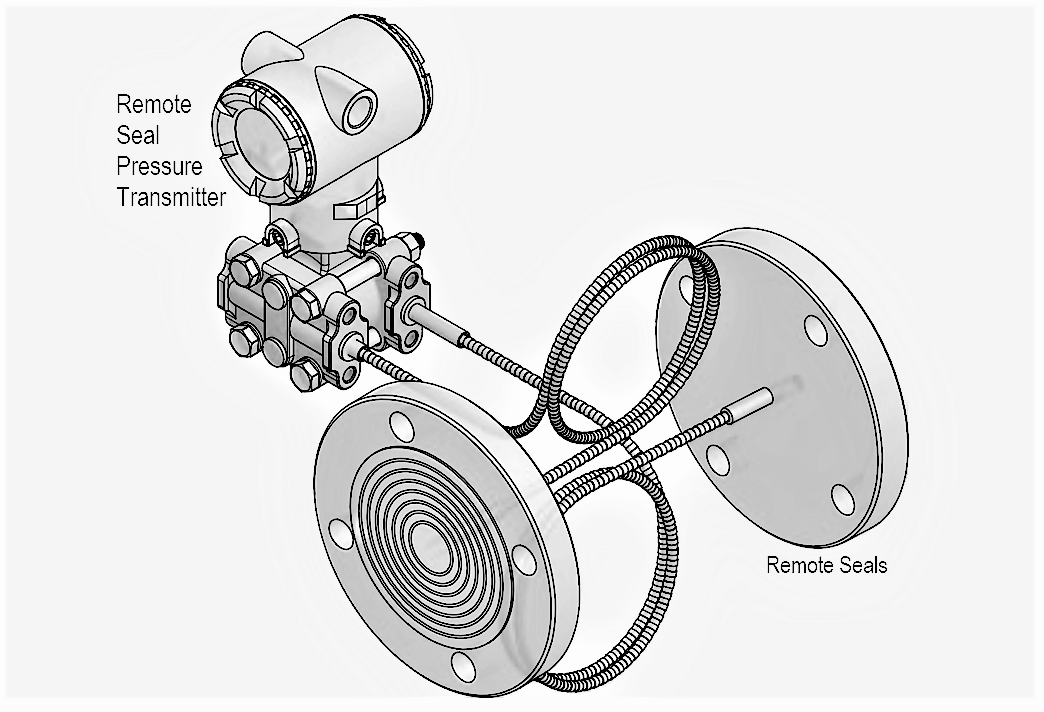
Image Credits: reotemp
Increased temperature causes the fill liquid in the capillary tube to expand, thus creating a pressure at the transmitter’s sensing element independent of the process fluid pressure being measured.
If the seal-equipped transmitter is differential in nature, and the temperatures of both seal units and capillary tubes are equal, then any temperature-induced pressures will cancel out at the transmitter, and there will be no problem.
However, if the temperature of one seal or capillary is greater than the other, there will be a differential pressure induced by temperature that the transmitter will detect and interpret as process fluid differential pressure.
Remote seal/capillary systems must be completely gas-free (nothing but liquid inside) in order to work. If even a small air or other gas bubble works its way in to the fill fluid between the remote seal diaphragm and the instrument sensing element, the fill fluid will be compressible, meaning that the seal diaphragm will displace a greater volume of fill fluid than the instrument’s sensing element. Thus, the instrument may not “see” the entire amount of process pressure change applied to the seal diaphragm, and its measurement accuracy will be compromised.
In summary, leaks in a remote seal system have very detrimental effects on instrument accuracy. If ever such a system develops a leak, the whole instrument must be replaced. Even if you could patch the leak, you would have to “pack” the seal unit, capillary tubing, and transmitter pressure housing with new fill liquid under a strong vacuum to “pull” any dissolved gas bubbles out of the liquid. Needless to say, the facilities required for such an operation are typically not available in a plant instrument shop, thus rendering the instrument unrepairable by you.
Share your answers with us through below comments section.
Read Next:
- DP Transmitter with 5 Way Manifold
- Filled-bulb Temperature Sensor
- DP Transmitter Auto Calibration
- Manometer Measurement Accuracy
- Pressure Gauge Selection
Credits: Tony R. Kuphaldt
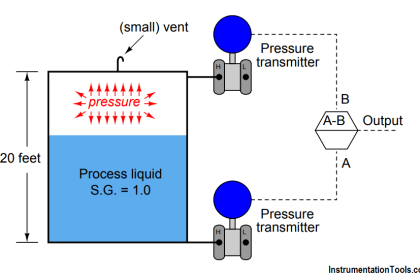
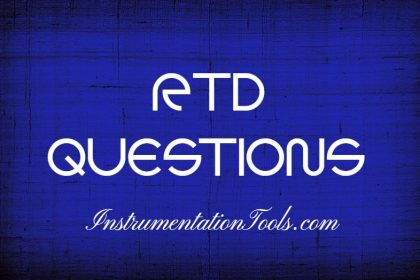

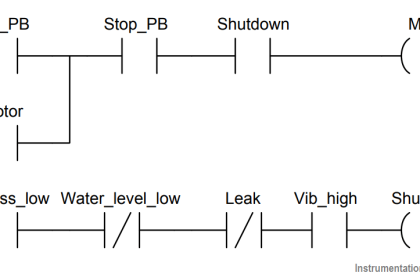
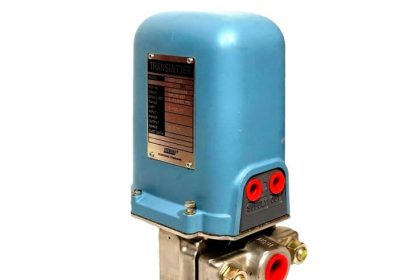
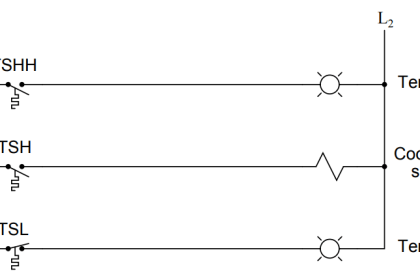
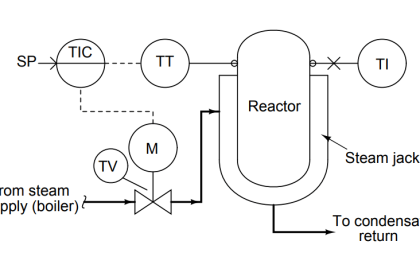
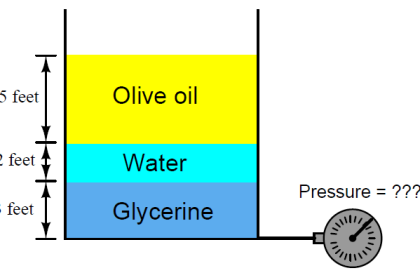


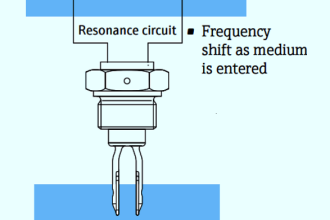

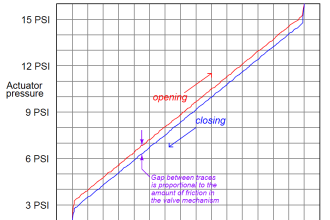
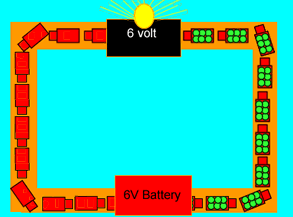
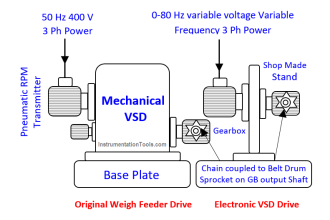

Good and brief article. I would like to add some point.
DS always add error and certain additional response time to the DP/Pressure Transmitter. DPT/PT nowadays have at least 0.04% – 0.075% of span accuracy and response time at 100 msecond less. Many End User will spark after dicussed the critical effect of DS onto the whole close system DS+DPT or DS+PT in regard of error and response time.
A.Temperature effect will create error in terms of pressure because of liquid expansion. How much the expansion will depend on the selection of liquid ( liquid characteristic ) and the volumetric inside the tubing . And off course the installation effect on site. How the cappilary position to day light on the tanks,is it balance between high pressure side and low pressure side.It should take as a note of one temperature effect concern too.
B.There is another concern beside temperature effect namely response time.How fast the liquid seal transfer the pressure from diaphragm seal onto the transmitter.
This wlll depend on the viscosity of the liquid selection and again volumetric inside the tubing. Viscosity will be resistance factor to transfer the pressure).
Liquid selection will be depend on application : cryogenic ,medium temperature,high temperature,food related. Each application have specific suitable liquid.
Volumetric selection will be depend on pressure range will it be low range,high pressure ( e.g low pressure need less volume inside tubing to make it be able to move liquid ) and to make it more complicated to select the correct surface area of diaphragm seal ( low range pressure,need big surface of diaphragm seal to feel the pressure)
At the end all of above concern will be presented as
Temperature effect( pressure error) VS response time ( msecond).
1.Less temperature effect ( 0.1% pressure error at least ) will have slowest response time ( > 1 sec )
2.Fastest response time ( 1% pressure error )
These 2 have inverse relation.
We will choose the optimize value for those of 2.
There is the challenge and the expertise of certain Diaphragm Seal Manufaturers.
Sincerely yours,
Gutri F
For process operating temperature -42 deg C, whether diaphragm seal or impulse tubing is preferred?